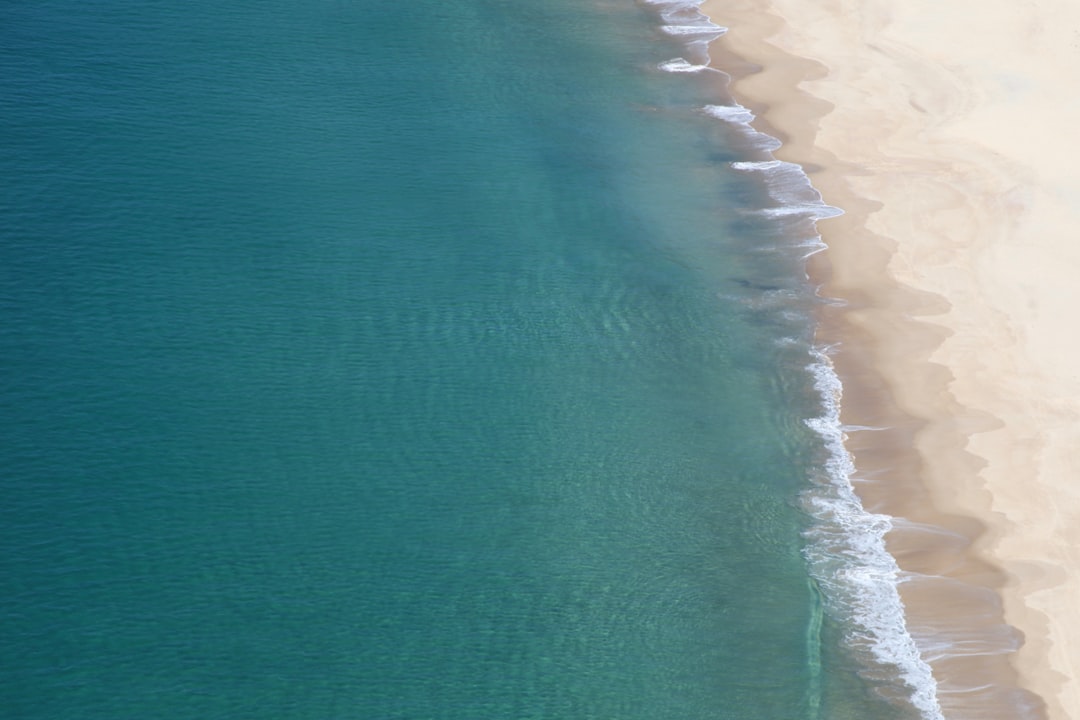What is it about?
ABSTRACT Shelf sand ridges (storm or tide-dominated) formed in response to transgressive rework of lowstand (coarse-grained) deposits are under-represented in the geological record at least partially due to a lack of a clear recognition criteria and facies model. In this article we propose a facies and architectural model for shelf sandstone bodies, built using examples from previous literature and outcrop data from three sandbodies of the well-known Campanian Almond Formation, an overall a transgressive interval punctuated by short time regressions. The main recognition characteristics of shelf sand ridges are: 1) being encased in thick marine mud intervals above and below, 2) have a basal unconformity that erodes into marine muds or into the remnant of a previous shoreline, 2) the upper boundary is non-erosional and transitions into marine muds, 3) are formed by very clean and well-sorted sandstone, 4) contain fully marine ichnofauna, 5) present complicated compound architectures with large accretion surfaces and lesser order structures inside, and 6) the top of the sand-bodies shows no sign of erosion. Although all shelf ridge sandstone bodies in the literature have been described as purely generated by tidal currents or solely by storm currents; modern examples and the ancient case presented here shows how it is more likely that these bodies will record some mixture of lowstand shoreline and of storm or tidal reworked deposits. This is so because the sand-sized material that forms the storm or tidal shelf ridges are sourced from older shorelines and it is very possible for a developing sand ridge to change its dominant process as sea level change affects the oceanographic conditions or the morphology of the basin.
Featured Image
Read the Original
This page is a summary of: Architecture and recognition criteria of ancient shelf ridges; an example from Campanian Almond Formation in Hanna Basin, USA, Sedimentology, August 2016, Wiley,
DOI: 10.1111/sed.12279.
You can read the full text:
Contributors
The following have contributed to this page










